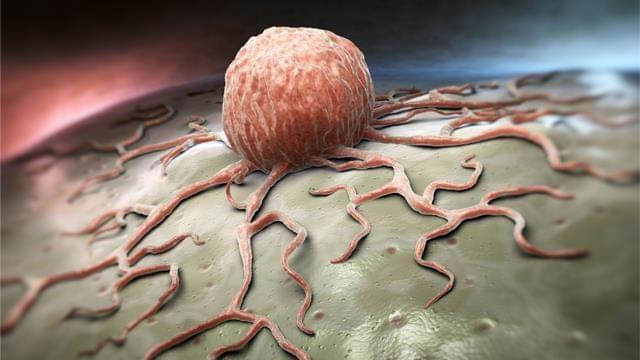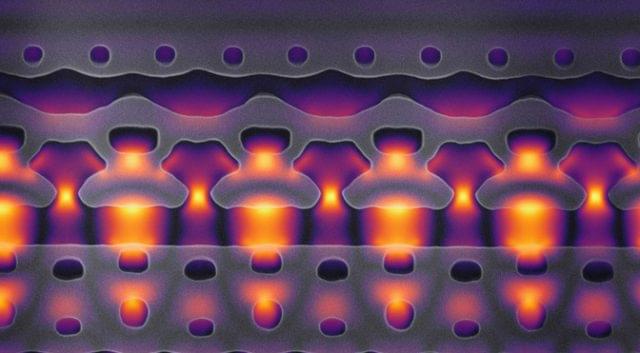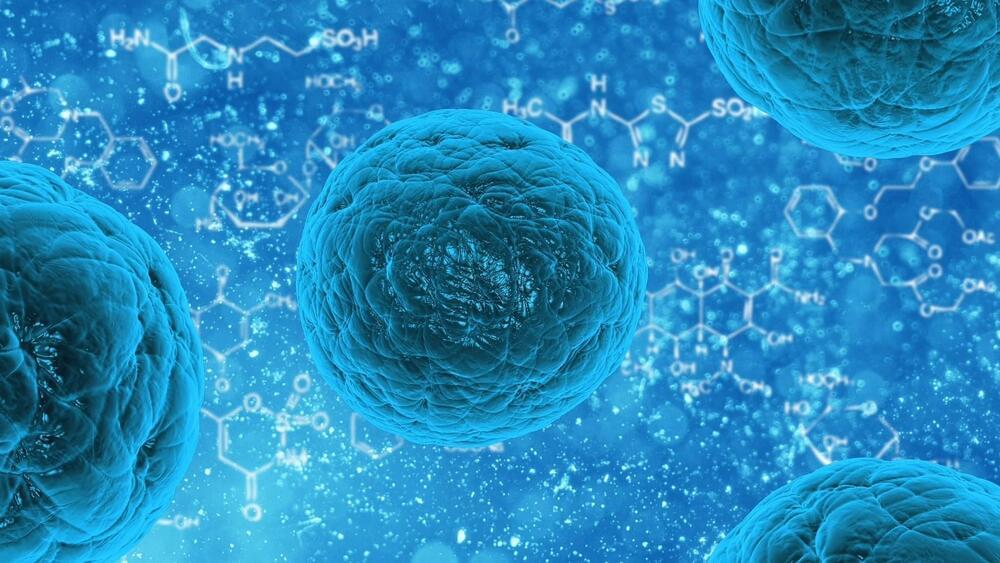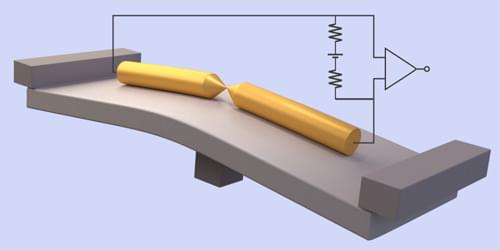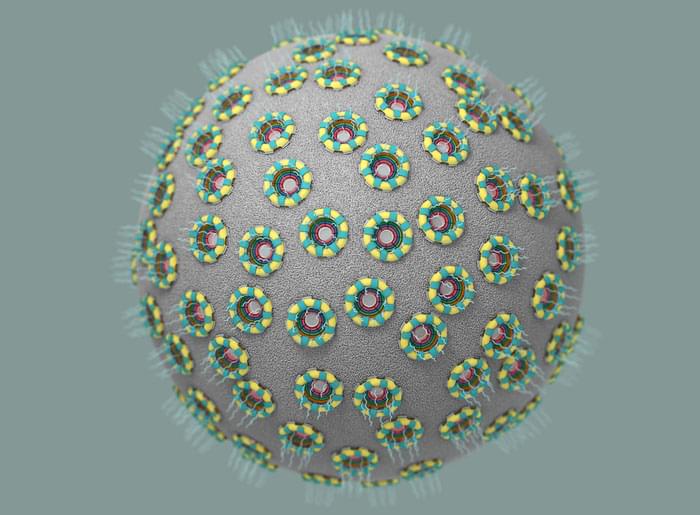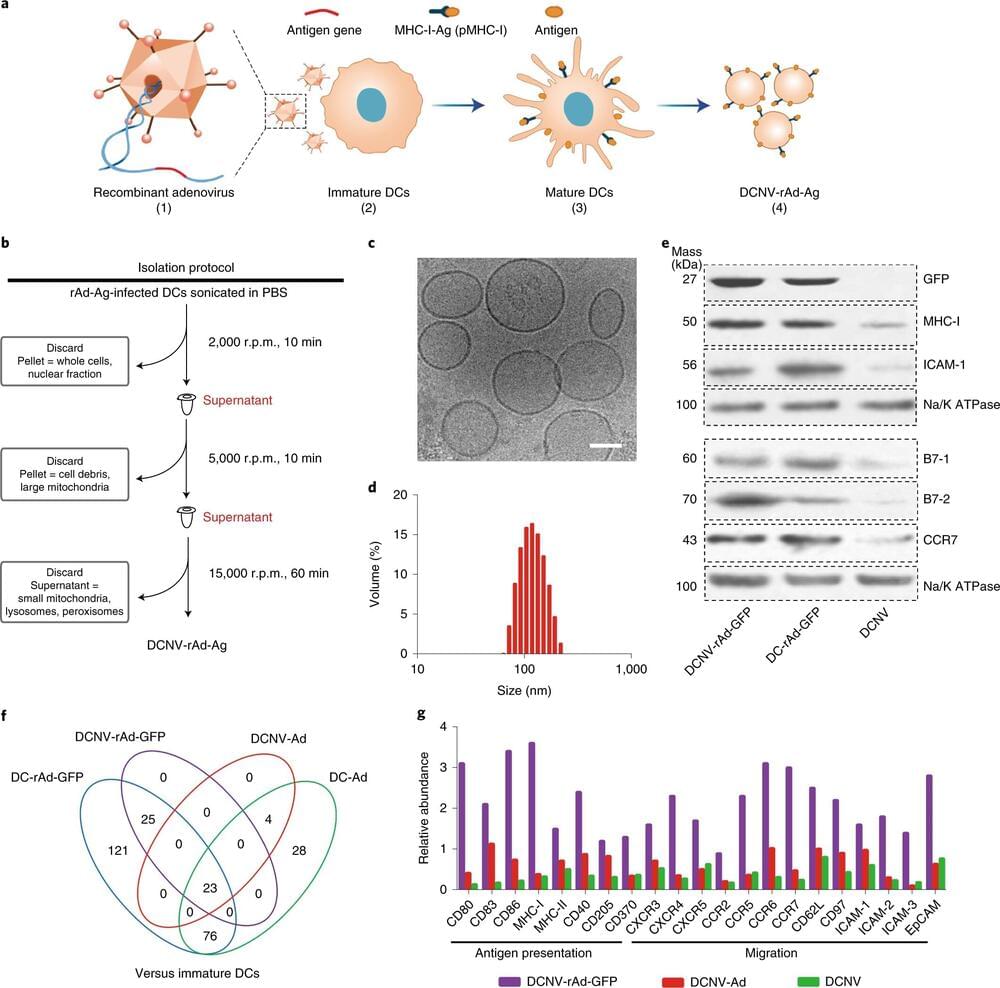Jun 15, 2022
Novel Nanoparticle Increases Drug Delivery In Solid Tumors
Posted by Genevieve Klien in categories: biotech/medical, nanotechnology
Researchers from Wake Forest University School of Medicine have discovered a possible new approach in treating solid tumors through the creation of a novel nanoparticle. Solid tumors are found in cancers such as breast, head and neck, and colon cancer.
In the study, Xin Ming, Ph.D., associate professor of cancer biology at Wake Forest University School of Medicine, and his team used a nanoparticle to deliver a small molecule called ARL67156 to promote an anti-tumor immune response in mouse models of colon, head and neck, and metastatic breast cancer, resulting in increased survival.
The study is published online in the journal Science Translational Medicine.
